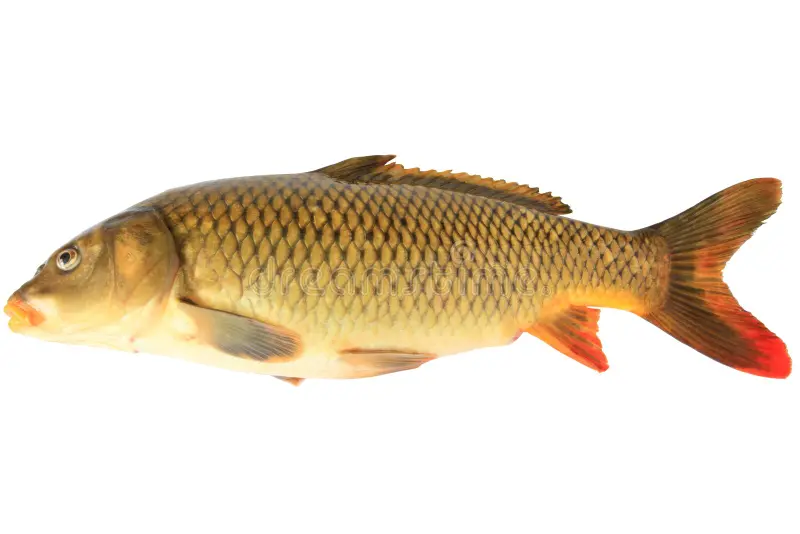Fish are unique creatures that thrive in aquatic environments, and one of their most fascinating adaptations is how they breathe without lungs. Unlike mammals and other land animals that rely on lungs to extract oxygen from the air, fish use gills to extract oxygen from the water. This ability to “breathe” underwater is crucial to their survival and allows them to live in environments ranging from shallow freshwater lakes to the deep ocean. In this article, we will explore how fish breathe, the mechanism behind their gill function, and why gills are so efficient in the underwater world.
Table of Contents
Toggle1. The Role of Gills in Respiration
Fish don’t have lungs like land animals, but instead, they have gills—specialized respiratory organs that allow them to absorb oxygen dissolved in water. Gills are located on either side of a fish’s head, usually covered by gill plates or opercula. The primary role of gills is to facilitate gas exchange: extracting oxygen from the water and expelling carbon dioxide from the fish’s body.
- Structure of Gills: Gills are made up of thin, flat filaments covered with lamellae, which are microscopic plate-like structures. These filaments and lamellae provide a large surface area for oxygen to diffuse into the fish’s blood and carbon dioxide to diffuse out.
- Water Flow: Fish must constantly move water over their gills to extract oxygen. This is achieved by the fish swimming through water or actively forcing water over their gills by opening and closing their mouth.
2. How Do Gills Extract Oxygen from Water?
The process of gas exchange in fish is based on a system known as countercurrent exchange, which allows fish to maximize oxygen absorption while expelling carbon dioxide.
- Countercurrent Exchange: In this system, water flows over the gills in one direction (usually from the mouth to the gill slits), while blood flows through the gill filaments in the opposite direction. This creates a constant gradient of oxygen concentration between the water and the blood. As a result, oxygen moves from the water (where it is more concentrated) into the fish’s blood (where it is less concentrated), and carbon dioxide moves in the opposite direction—from the blood (where it is more concentrated) into the water (where it is less concentrated).
- Efficiency of Gas Exchange: The countercurrent flow ensures that oxygen is constantly transferred into the fish’s bloodstream, even if the oxygen content in the water is low. This process allows fish to extract up to 90% of the oxygen available in the water, which is far more efficient than the lung-based respiration system in land animals.
3. How Do Fish Pump Water Over Their Gills?
Fish have evolved several methods to ensure that water flows over their gills, and these methods can vary between species.
- Buccal Pumping: The most common method fish use to push water over their gills is buccal pumping, which involves opening and closing their mouth. By opening their mouth, fish let water in, and by closing their mouth, they push the water through the gills. This movement creates a pressure difference, forcing water to flow over the gill filaments.
- Many fish, especially those that are more sedentary or slow-moving (like some bottom-dwelling species), rely on buccal pumping for continuous water flow.
- Ram Ventilation: Some fish, particularly fast-swimming species like tuna or sharks, rely on ram ventilation. In this method, fish keep their mouths open while swimming forward. As the fish moves, water flows through their mouth and over their gills naturally due to the speed of their movement. This allows them to breathe without having to actively pump water.
- Dual Pumping Mechanism: Some fish, like certain species of trout and bass, use a combination of both methods, switching between buccal pumping and ram ventilation depending on their activity level and the environment they are in.
4. Adaptations to Different Environments
Fish have evolved specialized adaptations to help them extract oxygen efficiently in a wide range of aquatic environments, from oxygen-rich surface waters to low-oxygen deep-sea environments.
- Oxygen-Rich Environments: In environments like surface waters or fast-moving rivers, fish don’t need to work as hard to extract oxygen because the water has a higher concentration of dissolved oxygen. Fish living in these areas typically have larger gill surfaces and faster water flow over their gills, which helps them extract oxygen more quickly.
- Low-Oxygen Environments: Fish living in environments with low oxygen levels, such as stagnant ponds or deep-sea habitats, have evolved several unique adaptations to cope with oxygen scarcity.
- Increased Gill Surface Area: Fish in low-oxygen environments may have more gill filaments or larger gill arches to increase the surface area available for gas exchange.
- More Efficient Oxygen Use: Some species have adapted to use oxygen more efficiently, even when it’s scarce. For instance, fish like the mudskipper or lungfish can breathe air when oxygen levels in the water are low, although they are still primarily gill-breathers.
- High-Altitude Environments: Fish living in high-altitude lakes, where oxygen levels are lower than at sea level, often have larger gills to compensate for the reduced oxygen availability.
5. Do Fish Ever Need to Breathe Air?
While fish primarily rely on gills to breathe underwater, some species are capable of breathing air when necessary. This ability allows them to survive in environments where oxygen levels in the water are low or where they may encounter situations where the water’s oxygen concentration isn’t sufficient for survival.
- Fish with Lungs or Modified Gills: Some species, like lungfish, have both gills and a primitive lung that allows them to breathe air. Lungfish can survive in dry or low-oxygen environments by coming up for air.
- Air-Breathing Fish: Certain fish species, such as the mudskipper, are amphibious and can breathe through their skin or in air. These fish can absorb oxygen directly from the air when they are out of water, helping them survive in shallow, oxygen-deprived water.
- Obligate Air-Breathers: Some fish, like gars and bowfin, have developed specialized air-breathing adaptations in addition to gills. They must surface regularly to gulp air, even if they are in water with enough oxygen to support gill breathing.
6. Why Can’t Fish Breathe Air Like Humans?
Fish cannot breathe air like humans because their gills are designed specifically for extracting oxygen from water, not from the air. Air contains far less oxygen than water (approximately 21% oxygen compared to 1-2% in water), and the gills are not capable of processing oxygen in the air. Gills function by using a delicate exchange system to absorb oxygen from the water’s dissolved oxygen, which differs significantly from the way lungs extract oxygen from the air.
Moreover, the structures of fish gills are designed to operate in water, where oxygen is dissolved, rather than in the air, where oxygen is present in gaseous form. The gill filaments would collapse if exposed to air, making them inefficient for respiration outside of water.

Conclusion
Fish have evolved a highly efficient method of breathing without lungs by using gills to extract oxygen from water. Through the process of countercurrent exchange, fish can absorb a significant amount of oxygen even from low-oxygen water. The continuous flow of water over their gills, whether through buccal pumping or ram ventilation, ensures that they can extract the oxygen they need to survive. While most fish rely solely on gills for breathing, some species have evolved the ability to breathe air in oxygen-deprived environments, showcasing the incredible adaptability of fish to various aquatic conditions.



